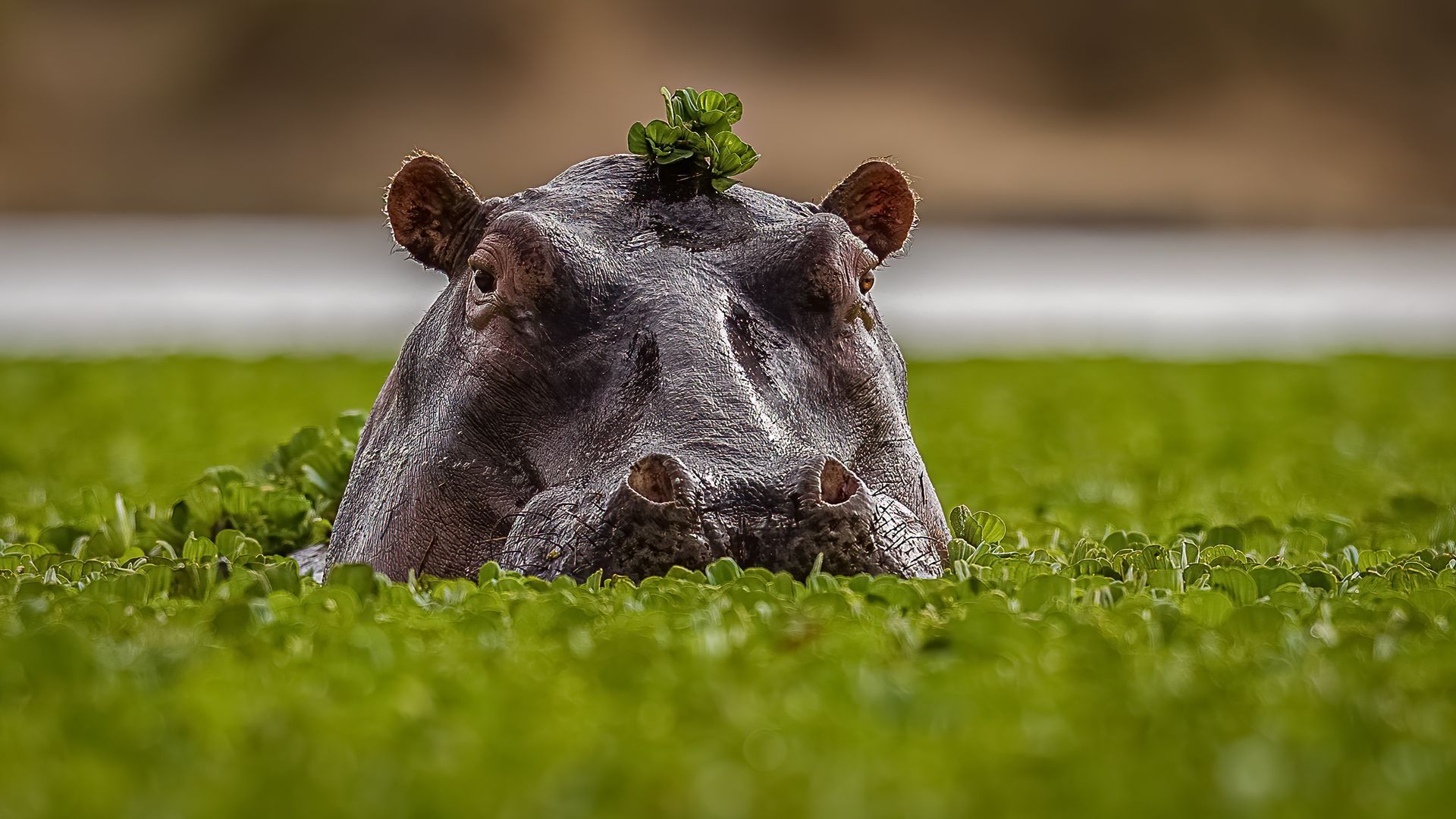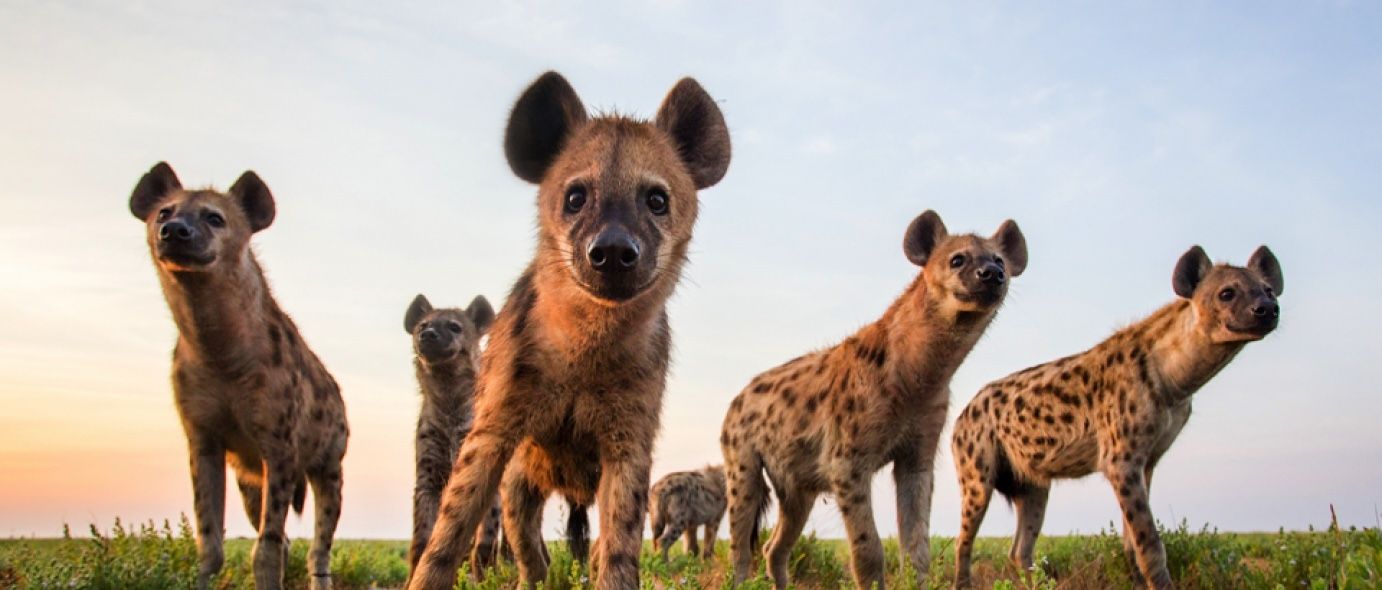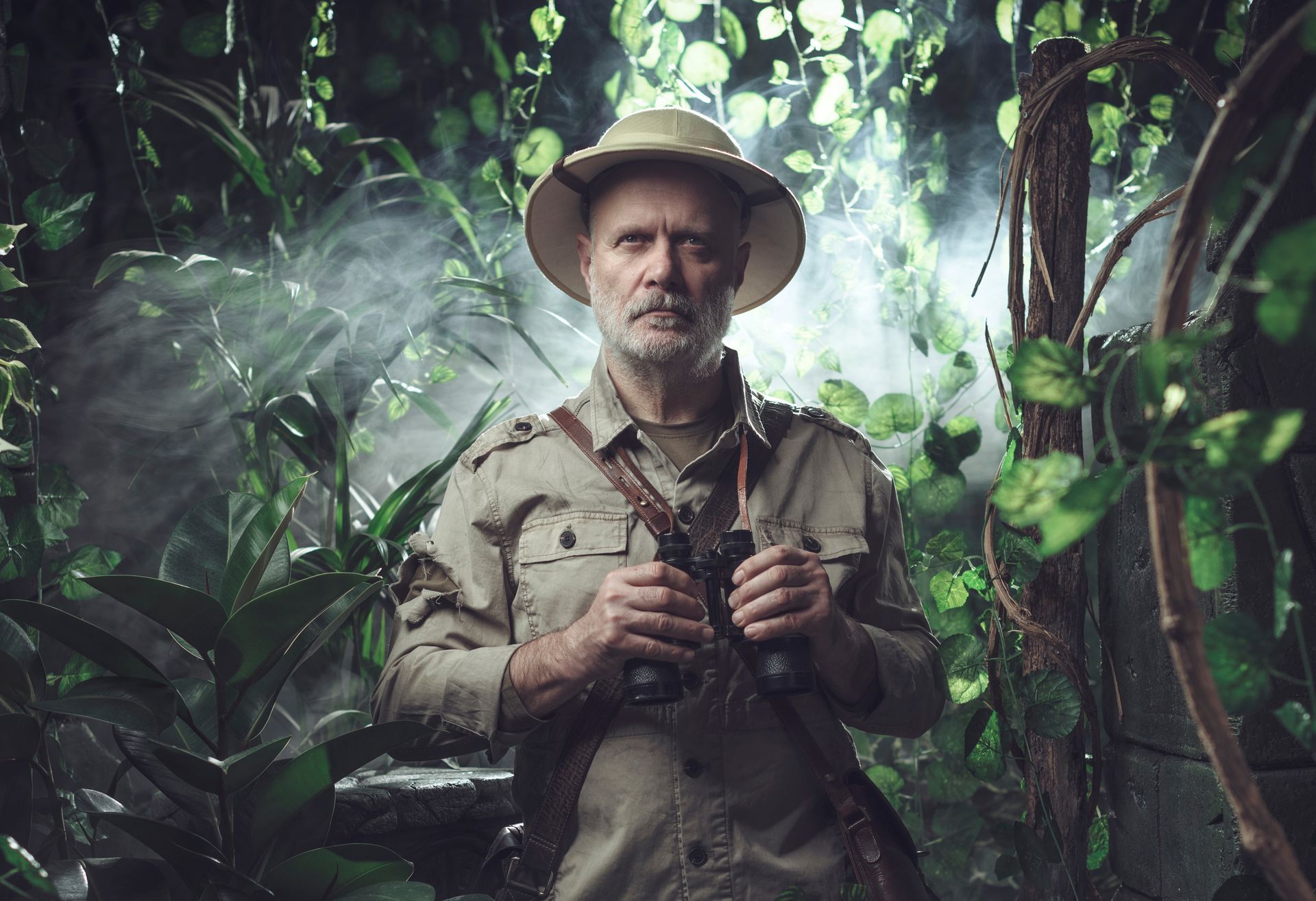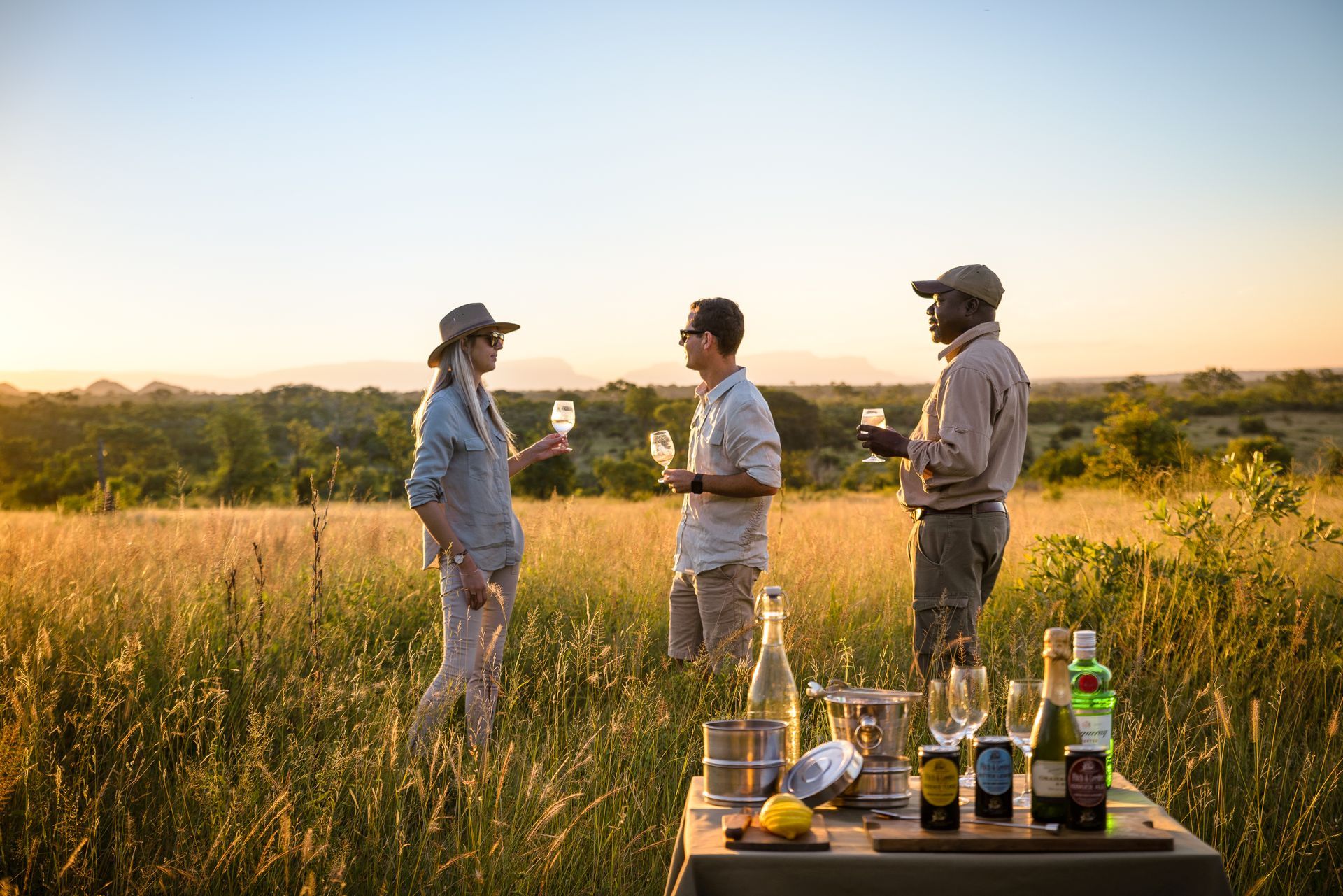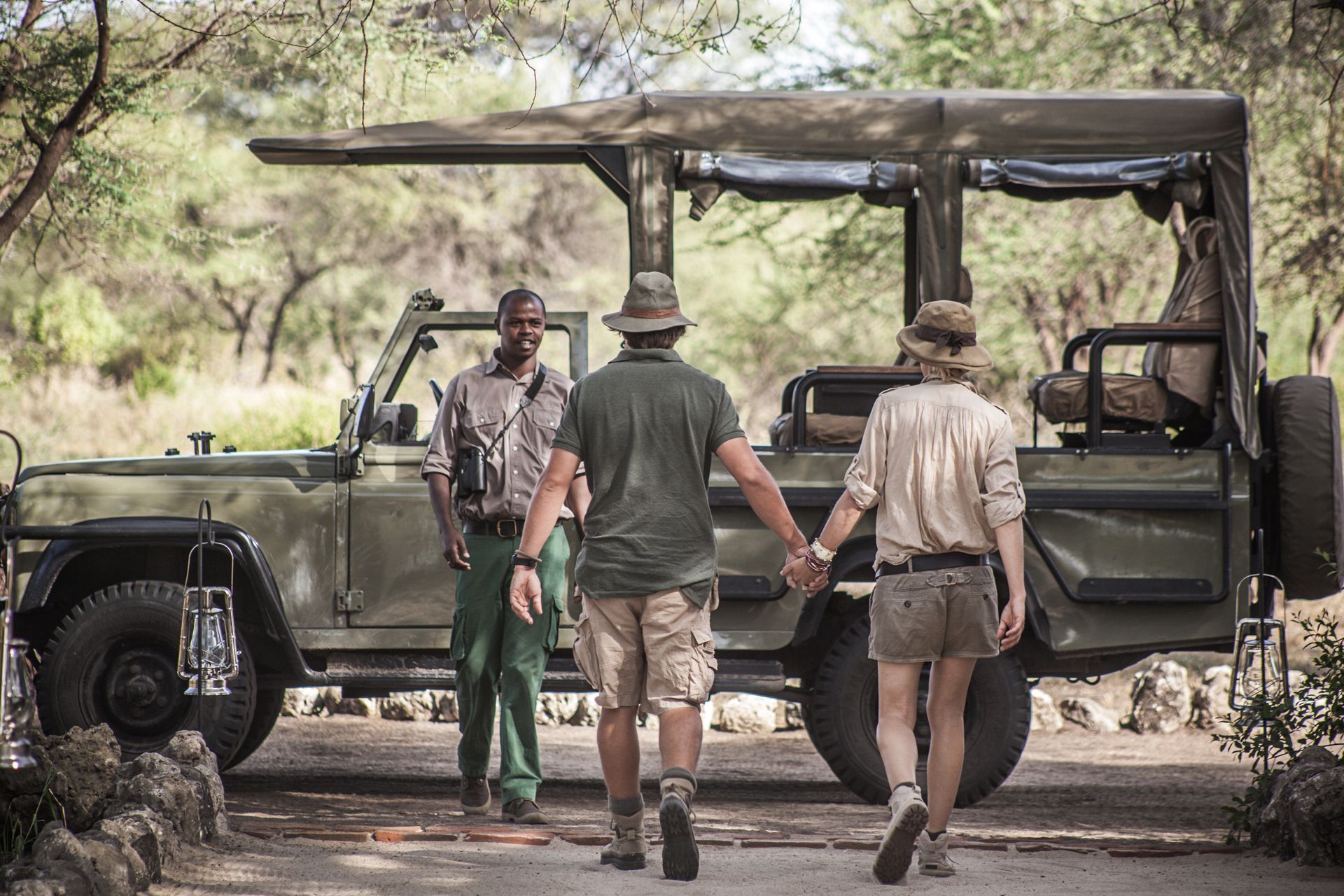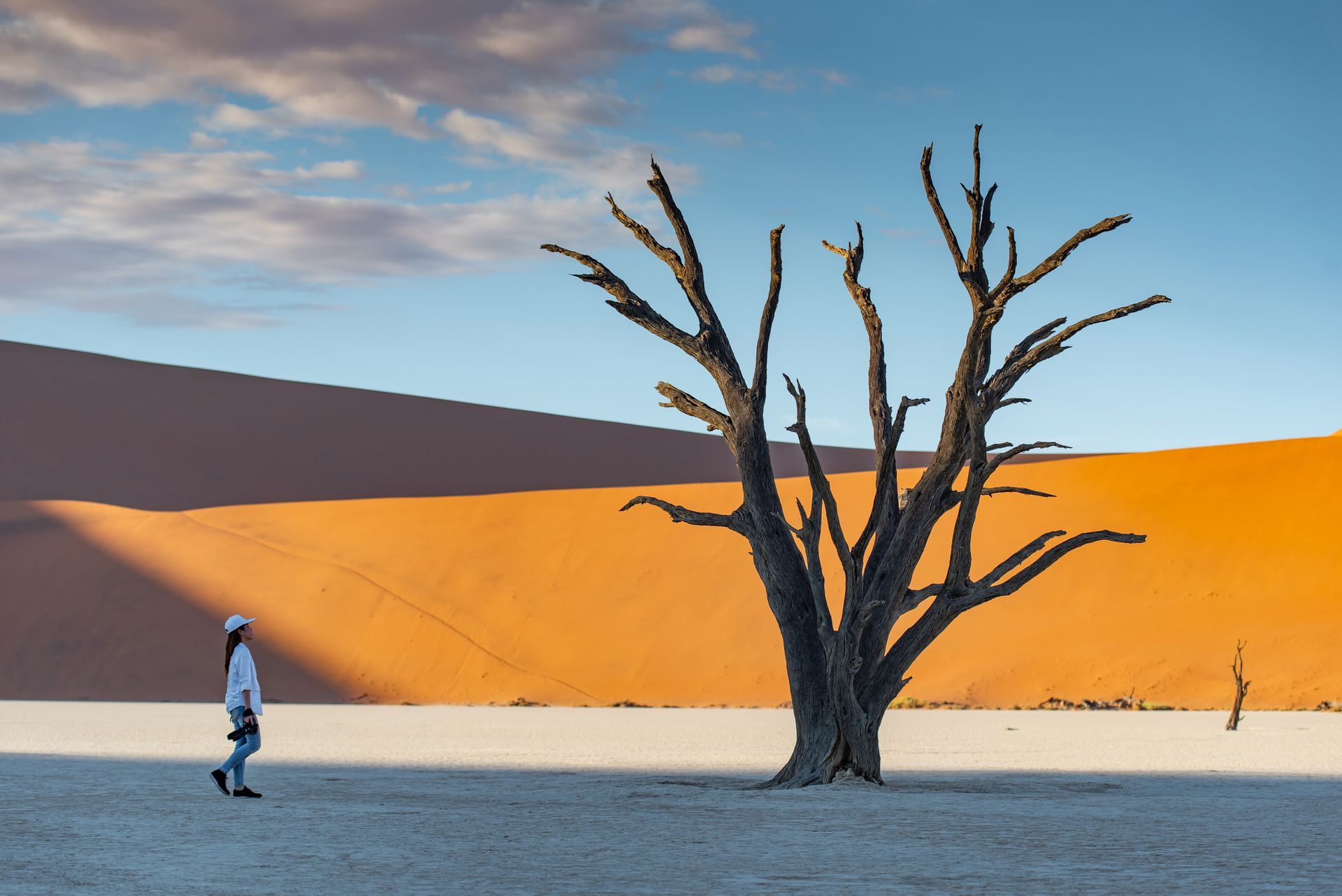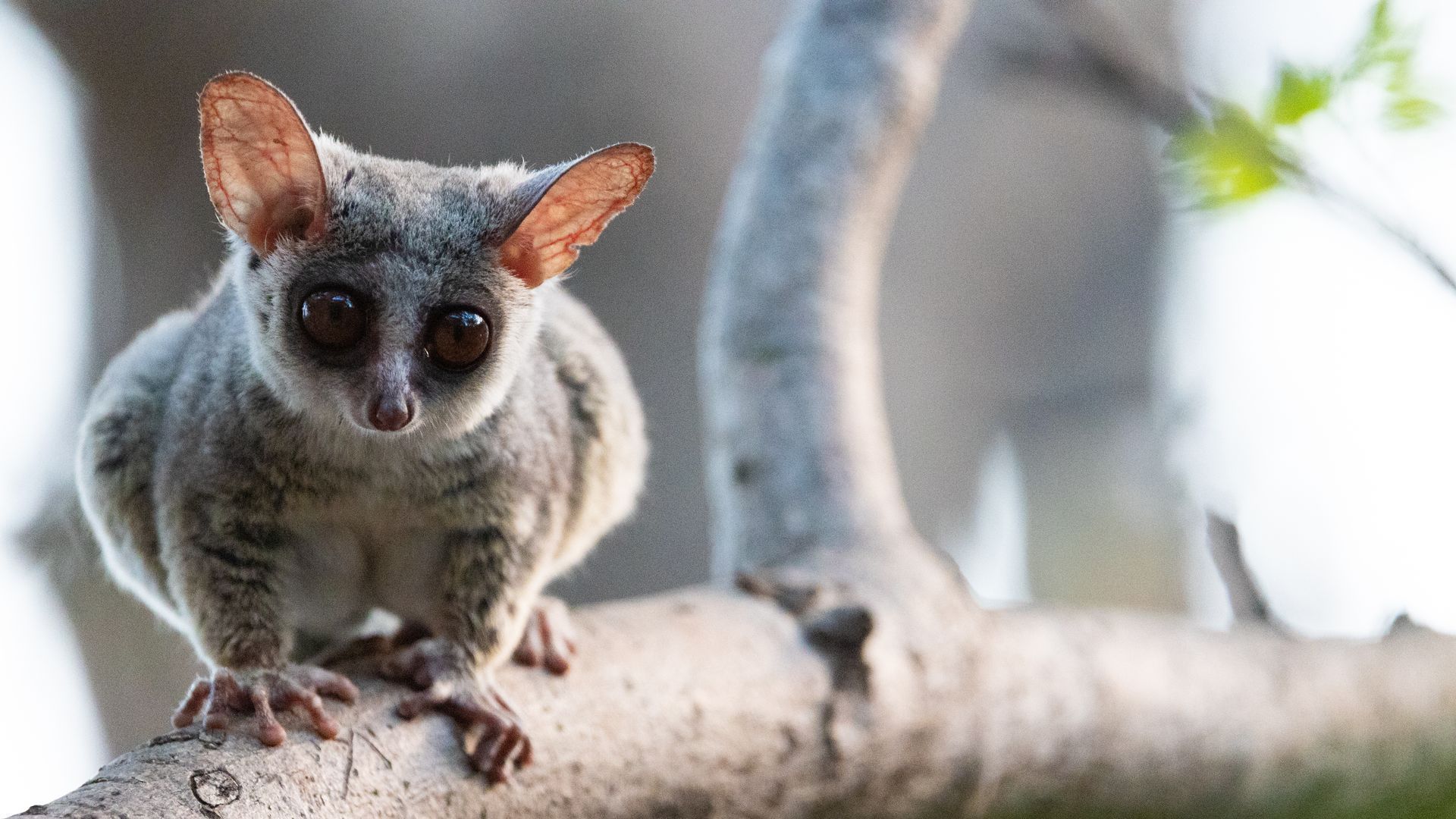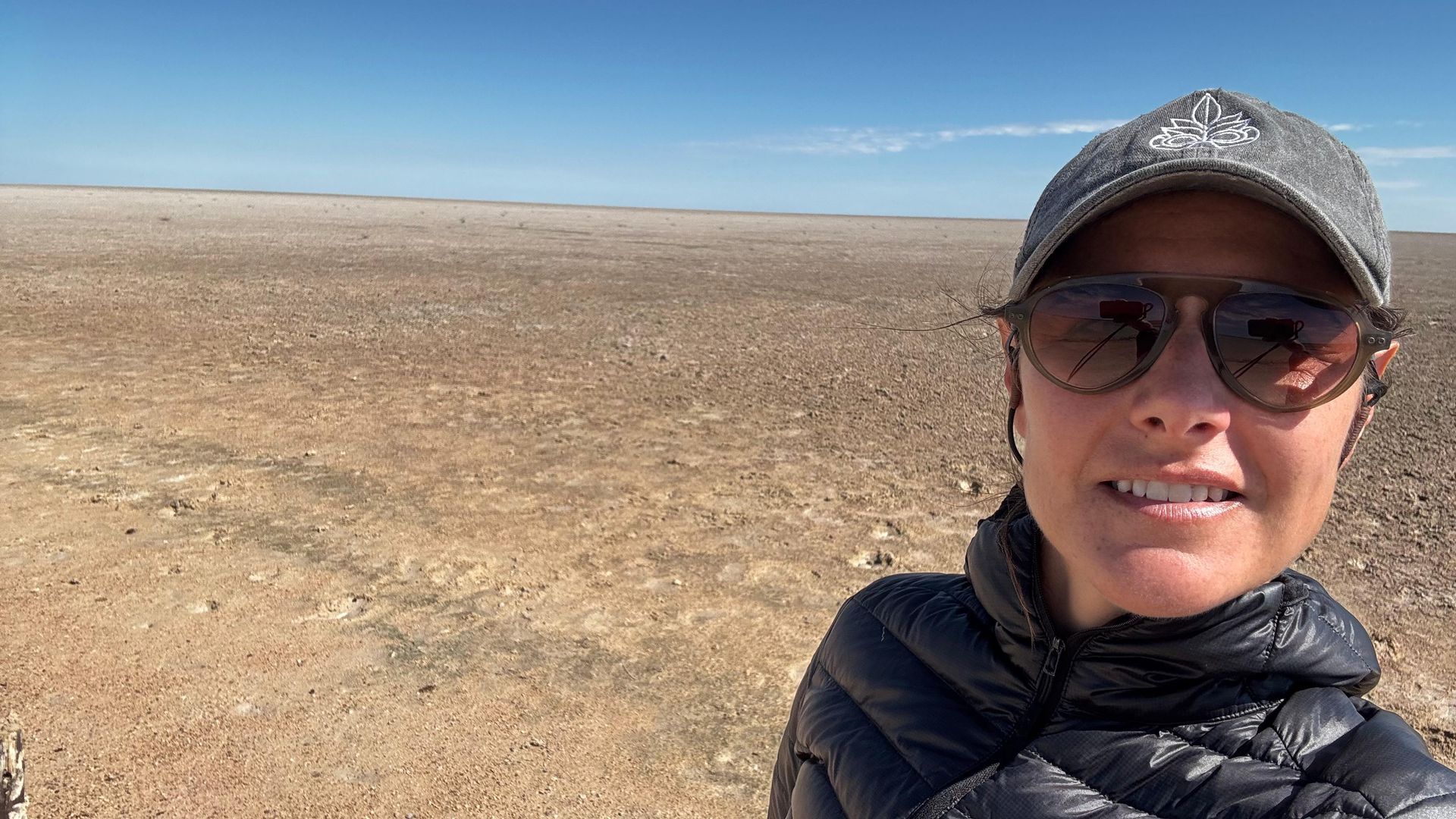MEET AFRICA'S SMALLEST CARNIVORE
Size doesn't matter to the dwarf mongoose!
Tiny but fierce... And impossibly cute with it. This pint-sized predator is one of the most overlooked and underrated creatures in the African bush. So let's grab a magnifying glass and take a closer peek at the dynamic dwarf mongoose...
That old saying about great things coming in little packages absolutely applies to Africa's smallest carnivore - the dwarf mongoose. We'll hazard a guess that you've probably seen one on your adventures into the African wilderness but not paid it much heed. If you've not yet been to Africa and are planning a safari with us, then we'll also bet that a dwarf mongoose is not on the list of animals you're desperate to see. Our response to that is that it absolutely should be! Here's why...
Family matters
These social wee beasties live in groups of up to 30 - called a "business" or "rush," probably because they do tend to zip around at a frenetic pace and they do take the business of survival very seriously!
In every business of "dwarfies" is a dominant breeding pair, with the mamma mongoose definitely wearing the proverbial trousers. Dad is absolutely hen-pecked and we can appreciate that.
Big Mamma calls the shots and generally decides where the mongooses are going to forage, which den out of a network of bolt-holes they are going to sleep in and who's done well enough to get extra helpings of "love" through allogrooming - the mutual cleaning and tidying up of their dark brown furry coats that helps to bind relationships and keep the pecking order intact.
She's also the one who has the babies, producing up to four litters of between three and five little ones each season (usually timed to coincide with the rainy season, when food is plentiful). Everyone helps to raise the pups who stay in the den for the first month or so, until they are strong enough to follow the business around (or at least be carried). Lower ranking females also lactate to help nurse the tiny ones.
Social bonds are strong and kept in place by constant grooming, play and allocation of "duties" from babysitting to security patrols. If a lower ranking female wishes to challenge Big Mamma for her top spot in the business, a lick-off takes place! The two will literally lick each other all over in a frenzied session of allogrooming and she who quits first loses.
Clever little critter
Don't be fooled by their small frame - the dwarf mongoose may only grow to a maximum of 30cm long, nose to tail-tip and weigh in at a featherweight maximum of 350g, but what it lacks in stature it more than makes up for in intelligence.
"Dwarfies" are exceptionally vocal animals, using sound to keep in touch with one another while foraging. They have a sophisticated and extensive verbal communication system made up of a vast array of bird-like chirps and tweets, whistles, squeaks, growls and strident alarm calls for specific threats.
One or two will constantly stand sentry, watching over the rest while they forage, looking out for danger which most often comes from above in the form of hawks and eagles. Being small has its downside because it means the dwarf mongoose is on the menu for a range of other predators, feathered and otherwise. The lookout who performs the best receives huge amounts of "love" from Big Mamma in the form of extra grooming - the mongoose equivalent of brownie points!
Dwarfies have excellent eyesight and hearing and a killer sense of smell. They are constantly alert and have good problem solving abilities, using their dextrous front paws with their long claws to explore, dig and investigate things they are unsure of. They are excellent diggers and will unearth grubs, rodents, reptiles, insects and scorpions in super-quick time.
They're basically solar-powered and don't like the cold at all. On chilly mornings you'll see them outside their dens, backs arched and coats puffed up, absorbing sunlight to warm themselves up. They'll even climb trees to get the perfect sun spot sorted.
Playful and fun-loving
When they're not foraging, mongooses love to have fun. Wrestling is their favourite pastime as they test their strength and speed against one another.
Cues for play include rolling over onto their backs, waving their legs in the air or "playing dead" - inviting others to pounce on them.
Text & Images: Sharon Gilbert-Rivett
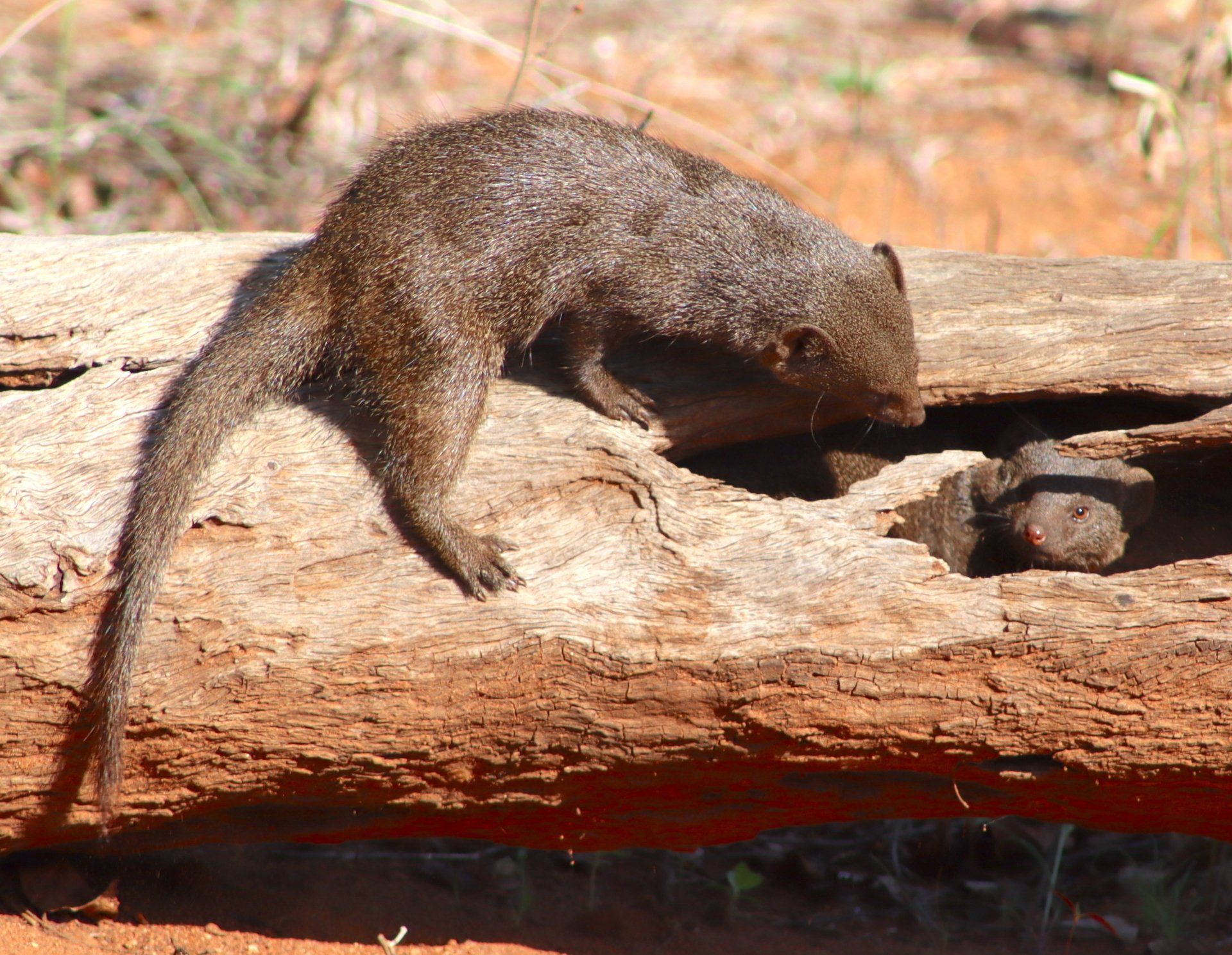
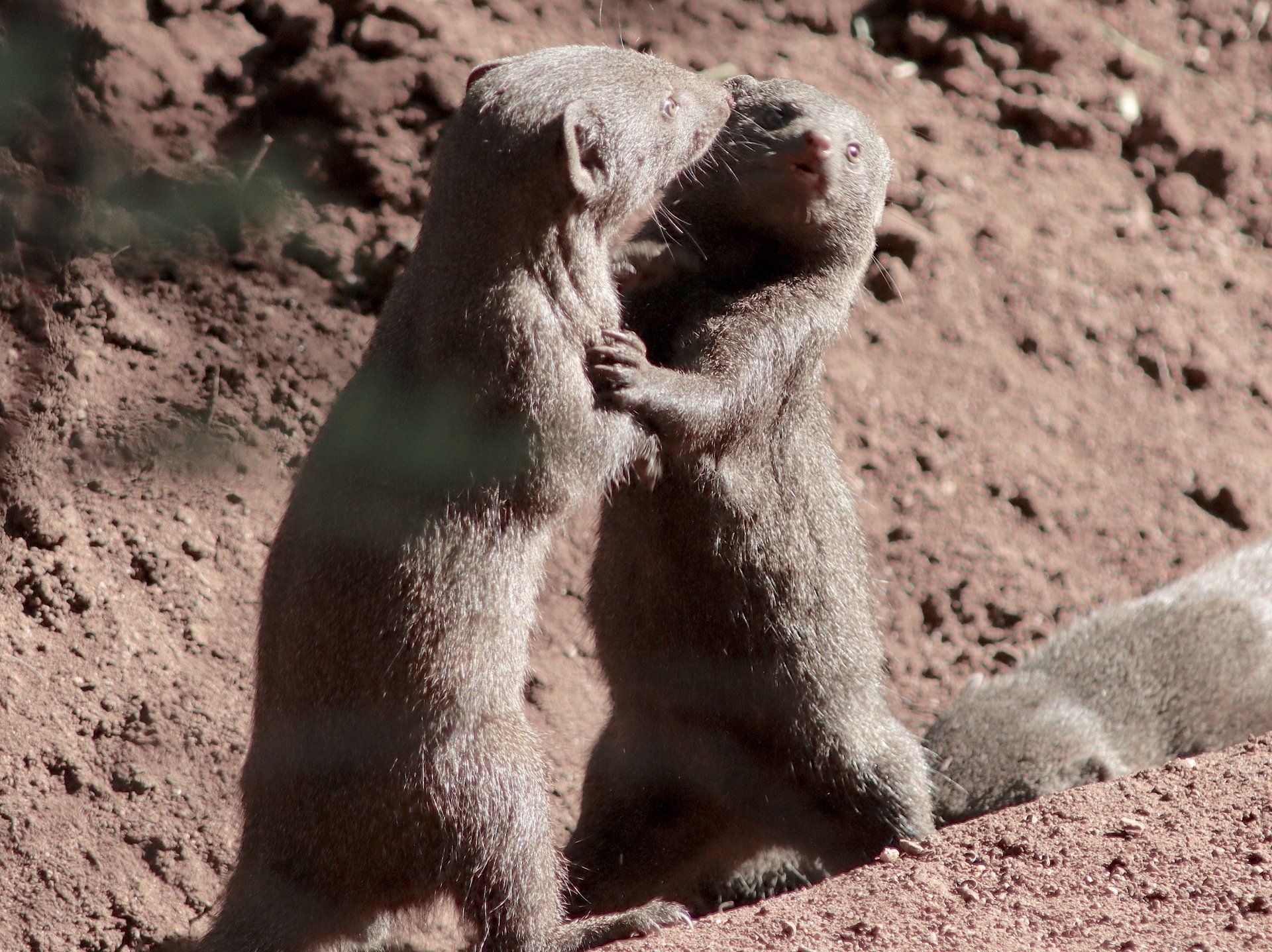

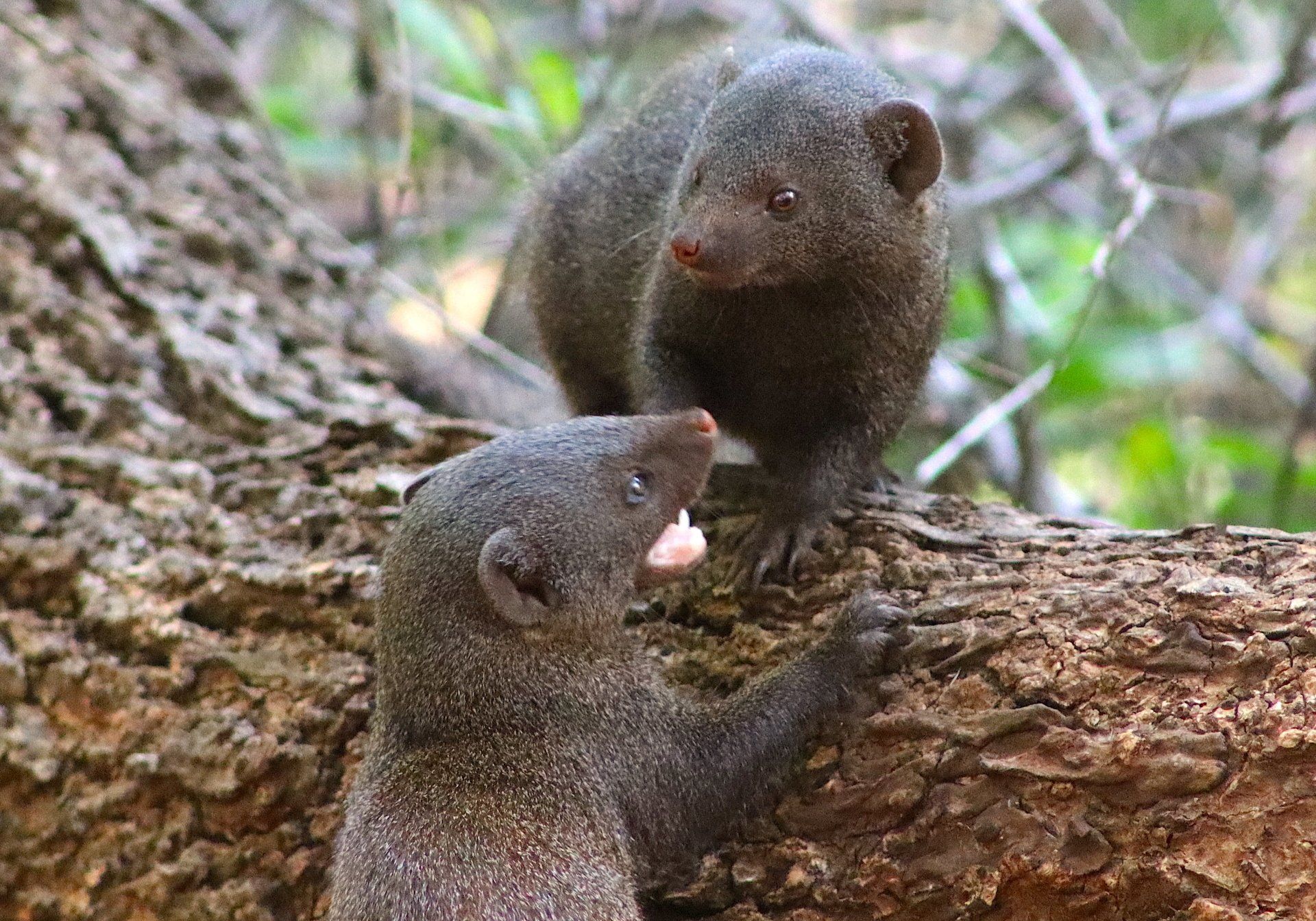
They chase one another and play hide and seek in hollow logs and fallen trees, holes and patches of undergrowth, ambushing anyone who strays past. Dwarfies are excellent jumpers and are able to leap around 60cm straight up into the air from a standing start. They also climb well - anything from trees to patio furniture, as we're sure lodge and camp owners will testify!
While they are wary of humans, they are also supremely curious and become easily habituated to a human presence, so you'll often see them foraging in and around lodges and camps and exploring the odd verandah!
When you come across them on a game drive, it always pays to stop, turn off the engine and just watch them in action. They soon get used to your presence if you are quiet and they are an absolute joy to engage with. And photograph!
They may be dwarves, but to us they're giants!
